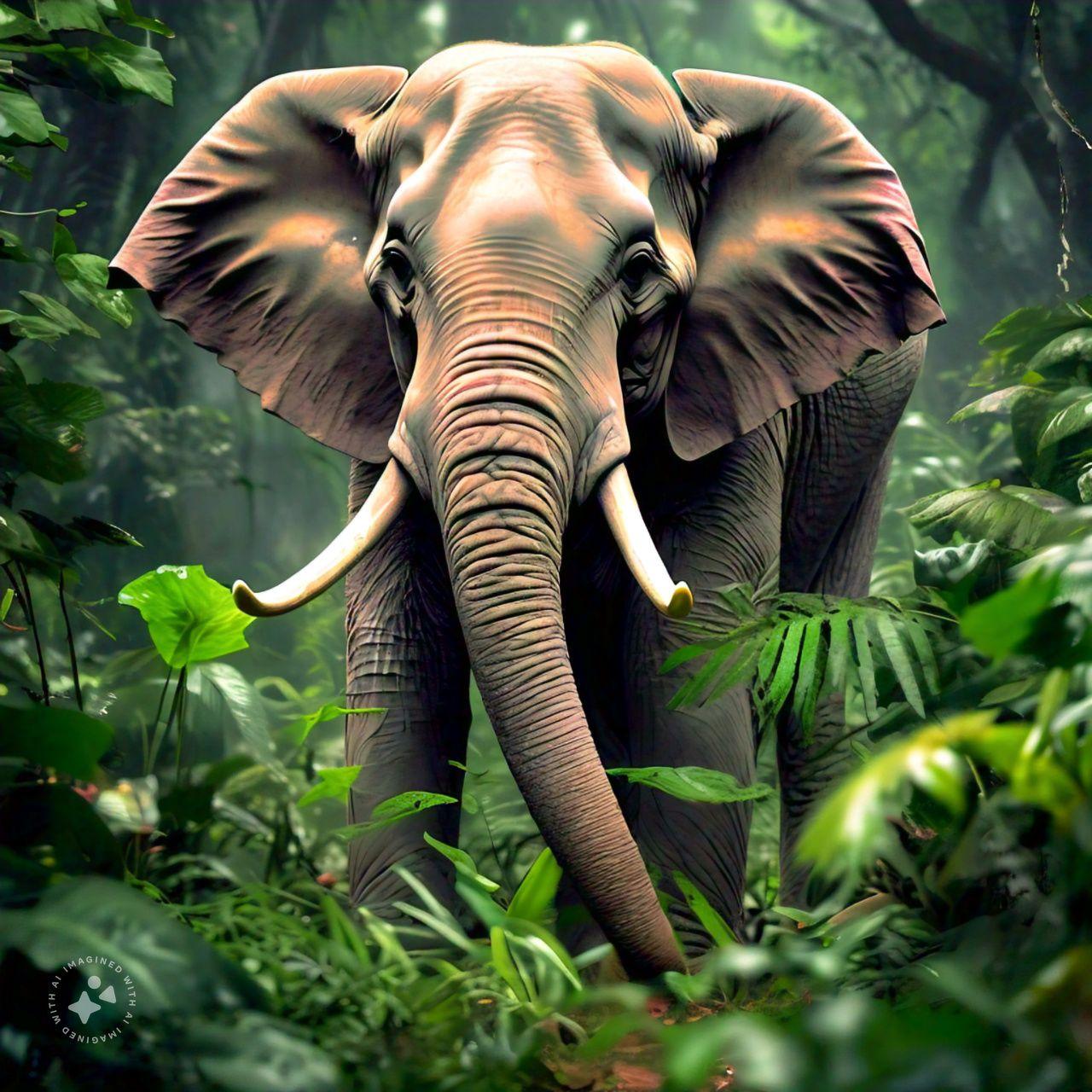The Majestic World of Elephants
Elephants, often referred to as the gentle giants of the animal kingdom, are some of the most fascinating and intelligent creatures on our planet. These magnificent mammals, belonging to the family Elephantidae, are characterized by their large ears, long trunks, and formidable tusks. With three recognized species—the African savanna elephant, the African forest elephant, and the Asian elephant—these animals exhibit a range of behaviors and adaptations that make them unique among land mammals.
Anatomy and Adaptations
Elephants are the largest land animals, with the African savanna elephant reaching heights of up to 13 feet and weighing as much as 12,000 pounds. Their distinctive trunks, a fusion of the nose and upper lip, are incredibly versatile. They serve multiple purposes, including feeding, drinking, bathing, and communicating. An elephant can use its trunk to pick up a single blade of grass or uproot a tree.
Their large ears not only help regulate body temperature but also play a crucial role in their communication. Elephants communicate through a variety of sounds, from low-frequency rumbles to trumpeting calls, which can travel long distances. These vocalizations are essential for social bonding and coordination within herds.
Social Structure and Behavior
Elephants are known for their complex social structures. African elephants typically live in matriarchal herds led by the oldest female. These herds often consist of related females and their young, while adult males tend to leave the herd upon reaching maturity. The strong familial bonds among elephants are evident in their nurturing behaviors; mothers and other females in the herd actively care for calves, teaching them vital survival skills.
In addition to their social structures, elephants exhibit behaviors that suggest deep emotional intelligence. They are known to grieve for deceased companions, displaying behaviors such as touching the bones with their trunks and remaining close to the body for extended periods. This capacity for empathy and mourning is a hallmark of their rich emotional lives.
Habitat and Conservation Challenges
Elephants are primarily found in diverse habitats, including savannas, forests, and grasslands. However, their populations are under significant threat due to habitat loss, poaching for ivory, and human-wildlife conflict. The demand for ivory has led to devastating declines in elephant populations, particularly in Africa, where it is estimated that the number of elephants has halved in the past few decades.
Conservation efforts are crucial to safeguarding the future of elephants. Numerous organizations work tirelessly to protect these majestic creatures through anti-poaching initiatives, habitat preservation, and education about the importance of elephants in their ecosystems. Elephants play a vital role in their environments, helping to maintain the ecological balance by dispersing seeds and creating pathways through dense vegetation.
The Cultural Significance of Elephants
Throughout history, elephants have held a prominent place in various cultures around the world. In many societies, they are symbols of wisdom, strength, and loyalty. Elephants are celebrated in art, literature, and religion, often revered for their majestic presence and familial bonds. In countries like India, elephants are seen as sacred, featuring prominently in festivals and spiritual practices.
Conclusion
As we continue to learn more about these remarkable animals, it becomes increasingly clear that elephants are not just a part of our natural world; they are vital to its health and diversity. Protecting elephants is not only an ethical imperative but also crucial for the ecosystems they inhabit. By fostering a deeper understanding and appreciation for these magnificent creatures, we can work together to ensure that future generations can experience the wonder of elephants in the wild. The preservation of elephants is a testament to our commitment to biodiversity and the interconnectedness of all life on Earth.

